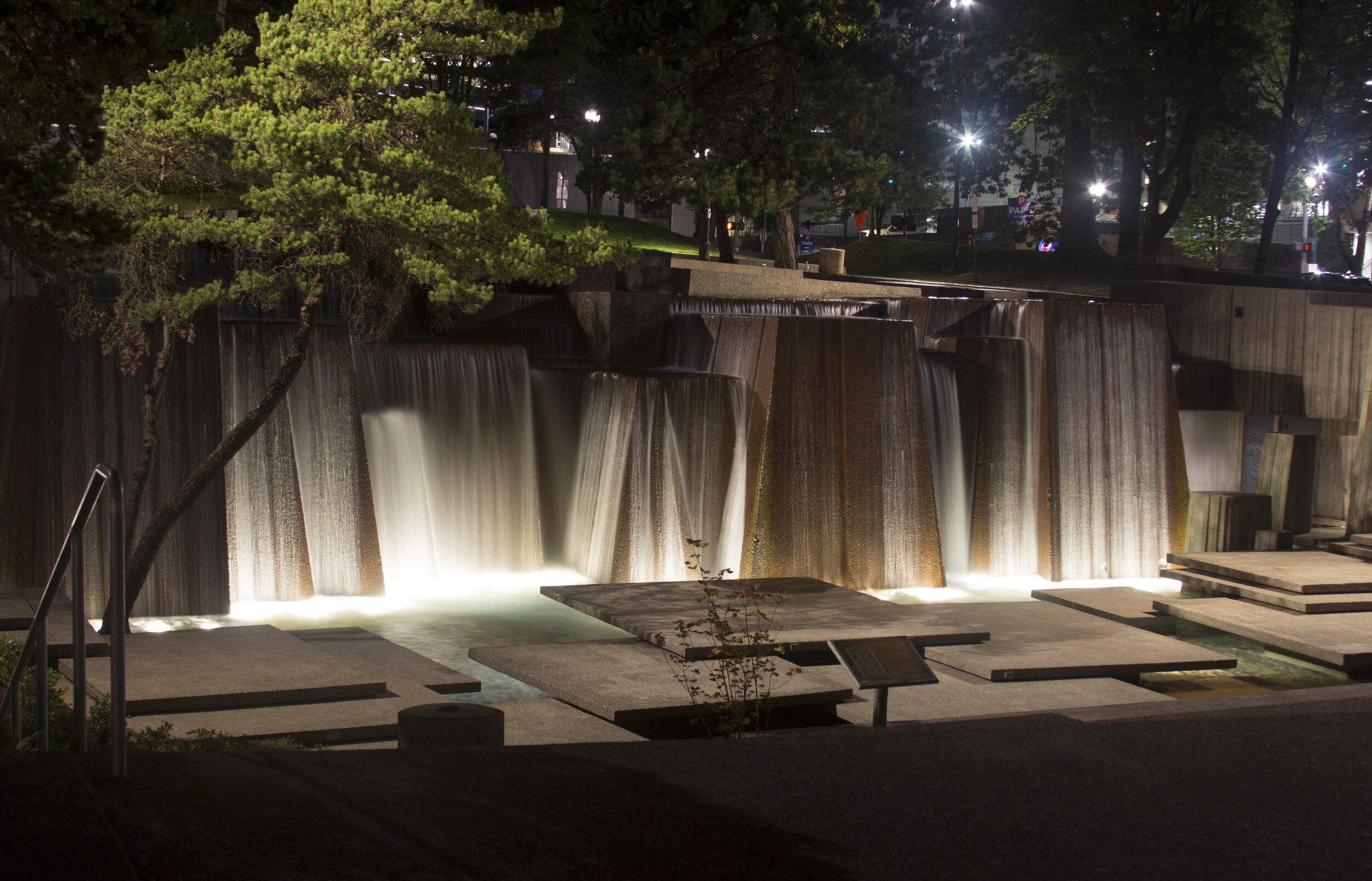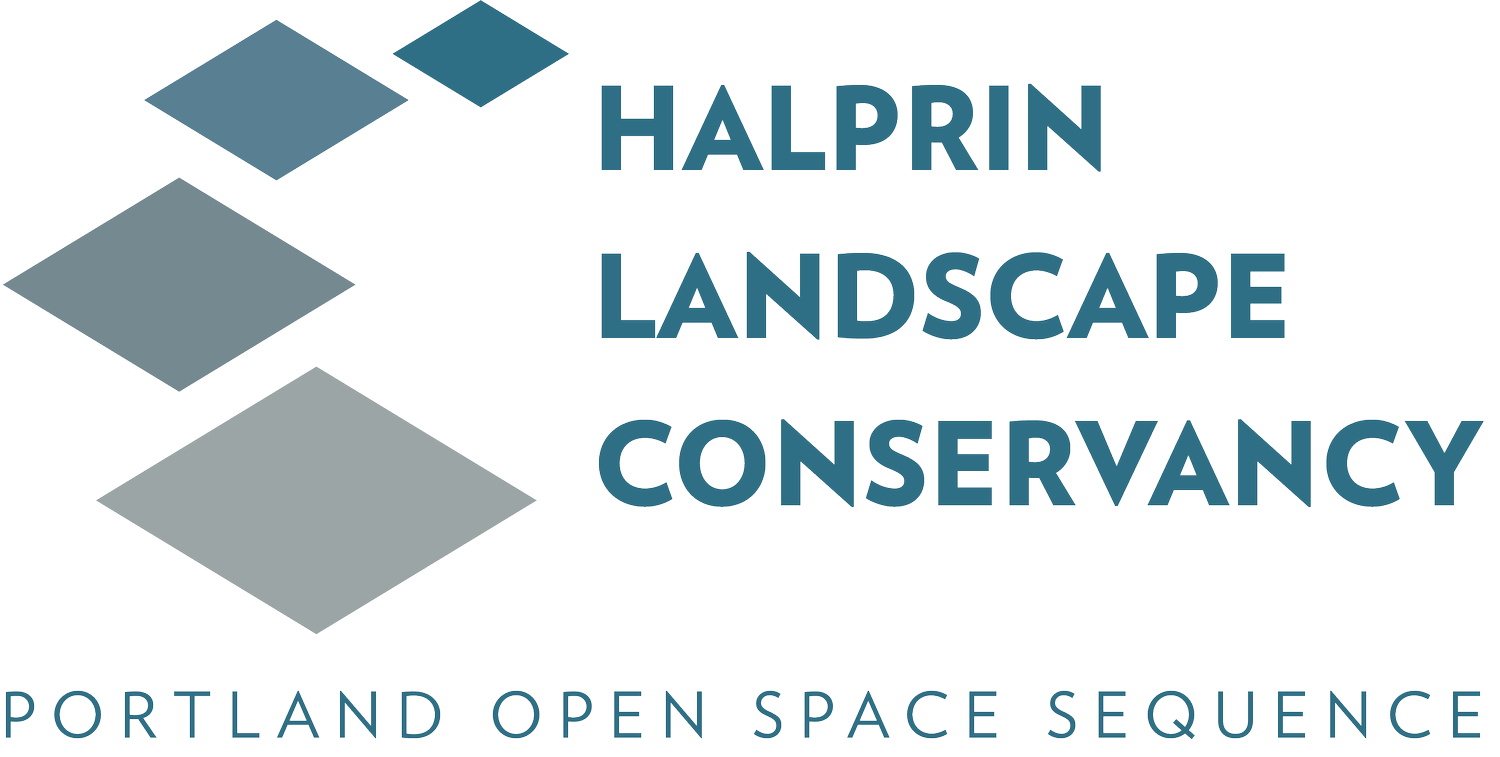
RESTORATION
Over 50 years ago, the Portland Development Commission (Prosper Portland), took the bold step of redeveloping a 55-block swath of the city as its first urban renewal project - the South Auditorium. In what would become a tradition of making public spaces an intrinsic part of modern Portland’s urban fabric, the City set aside three full blocks and a series of adjoining streets for parks and garden-lined pedestrian walks. To design the ensemble, Portland hired one of the most visionary landscape architecture firms of the 20th century: Lawrence Halprin and Associates.
The Source Fountain, Lovejoy Fountain, Pettygrove Park, Forecourt Fountain (later renamed Ira Keller Fountain), and the adjacent pedestrian malls were collectively dubbed by Halprin as the Portland Open Space Sequence (the “Sequence”). Their design and construction changed the history of American urban space, pioneering a path from passive parks and squares to a more dynamic, participatory merging of parks and art. The Sequence was designated as a National Historic Registry District on the National Register of Historic Places in 2013.
Over time, simple aging along with deferred maintenance due to City’s scarce resources, have left the plazas and fountains in dire need of care and restoration. In 2016, the City of Portland partnered with the Conservancy to generate local support and create a voluntary local improvement district to restore the historic fountains and plazas. $2.15 million was provided by the LID and $1.7 million by the City of Portland. PLACE, landscape architecture design studio, was commissioned to restore the Halprin’s design intent and renew vitality of the Sequence.
The Portland Parks & Recreation and the Halprin Landscape Conservancy are pleased to announce that restoration of the four historic sites within the Portland Open Space Sequence is complete and carried out according to the original vision assuring ongoing maintenance and activation.
The mission of the Halprin Landscape Conservancy is to honor and preserve the Sequence by increasing awareness of this unique cultural treasure. The Conservancy is pursuing a National Historic Landmark designation for the Sequence amplifying the international significance of the Sequence and its designers.
VISIT HISTORY INSPIRATION PRESERVATION RESTORATION REFLECTIONS













